7 Ways Anglers Can Fight Water Pollution in Their Own Backyard
Anglers share a unique connection with our waterways that few others experience. Standing knee-deep in a flowing stream or casting from the shore of a serene lake creates an intimate relationship with these aquatic environments. Yet these same waters face mounting threats from pollution, affecting not only the fish we pursue but entire ecosystems. As those who benefit directly from healthy waters, anglers have both the opportunity and responsibility to become frontline defenders against water pollution. The good news is that meaningful action doesn’t require grand gestures or specialized knowledge—it starts right in our own backyards with simple, effective practices that collectively make a significant difference. By implementing these seven practical approaches, anglers can help preserve the waters they cherish while ensuring future generations can experience the same joy of fishing in clean, thriving environments.
Proper Disposal of Fishing Line and Tackle
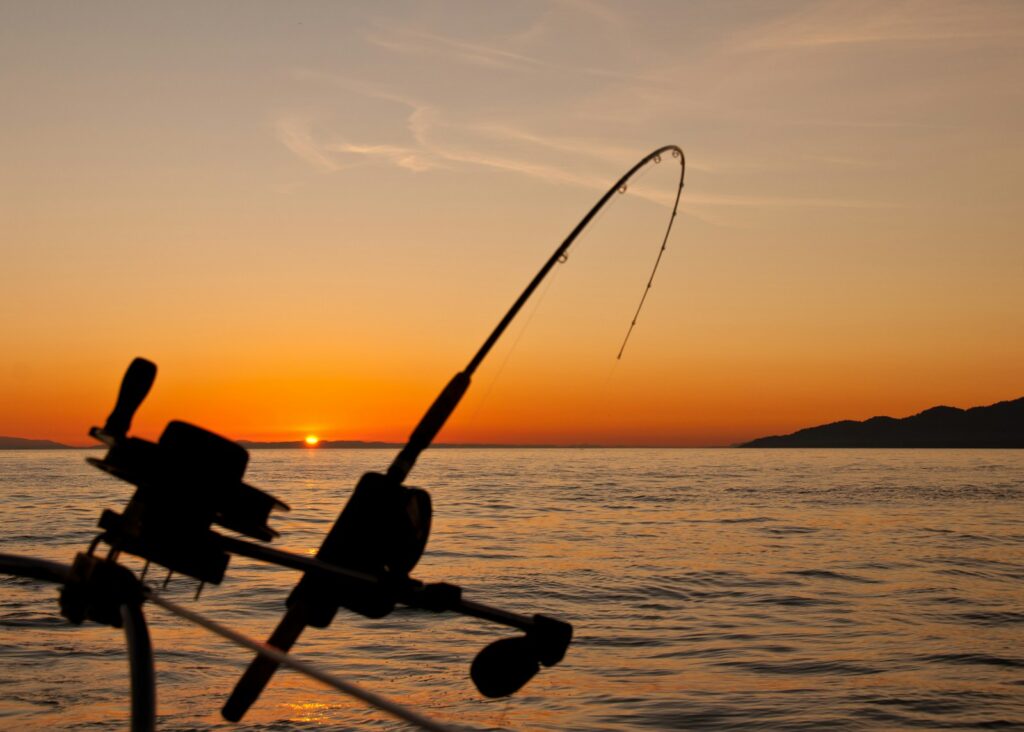
Discarded fishing line represents one of the most dangerous forms of pollution for aquatic wildlife, persisting in the environment for up to 600 years while posing entanglement risks to birds, fish, and mammals. Even a small length of monofilament can create deadly hazards when left along shorelines or in the water, slowly degrading into microplastics that contaminate the ecosystem further. Responsible anglers should always pack out every inch of used line, collecting it in a dedicated container that can be emptied into specialized recycling bins found at many tackle shops and marinas. Additionally, securing loose hooks, removing damaged weights, and collecting any plastic packaging prevents these items from becoming harmful debris that could injure wildlife or leach chemicals into the water. Some conservation-minded anglers even carry an extra bag specifically for collecting fishing debris left by others, turning a simple fishing trip into an opportunity for environmental stewardship.
Eliminate the Use of Lead Tackle
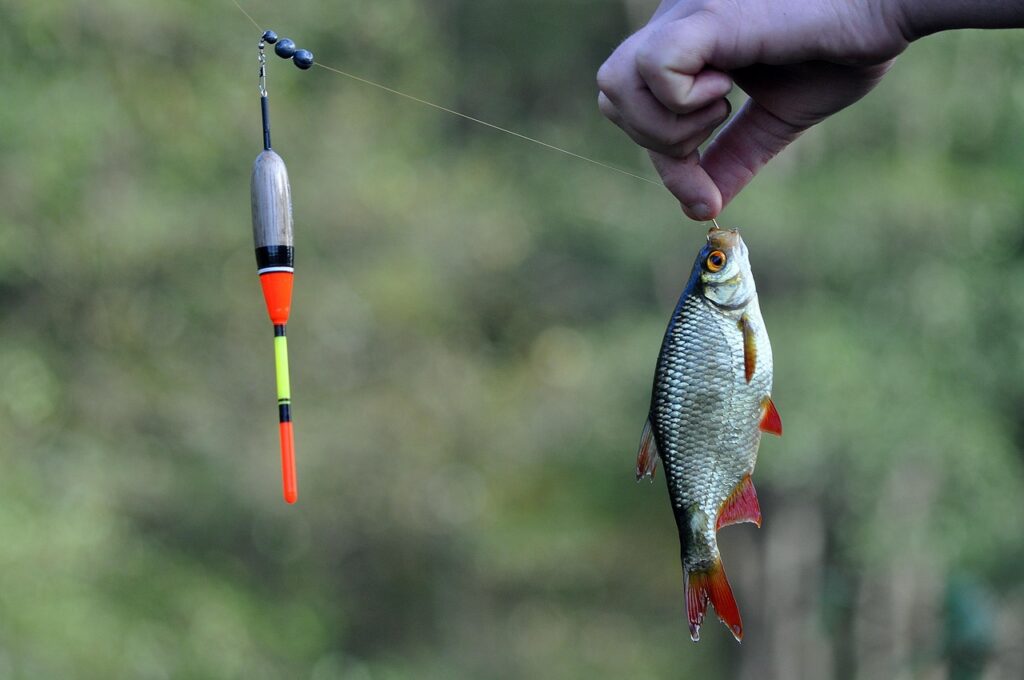
Lead fishing weights and jigs continue to pose a significant threat to water quality and wildlife health, with research showing that a single lead sinker can contaminate surrounding water and sediment for decades. When lost in water bodies, these lead components slowly dissolve, releasing toxic metals that can affect fish reproduction and neurological development, creating cascading effects throughout the food chain. Water birds like loons and swans are particularly vulnerable, often ingesting small lead weights mistaken for grit or pebbles they normally consume to aid digestion, resulting in lethal lead poisoning that affects populations in many fishing areas. Fortunately, numerous effective alternatives exist today, including tungsten, steel, bismuth, and tin-based weights that perform excellently without the environmental concerns. By making the switch to non-toxic tackle options—which have improved dramatically in quality and availability in recent years—anglers can significantly reduce their environmental impact while still enjoying successful fishing experiences.
Practice Responsible Boat Maintenance

Boats provide access to prime fishing locations, but their maintenance can significantly impact water quality when performed improperly near shorelines or over water. Engine oil, gasoline, cleaning products, and anti-fouling paints contain chemicals that, even in small amounts, can harm aquatic life and degrade water quality across surprisingly large areas. Responsible boat owners should perform all maintenance activities well away from shorelines, ideally at designated marina service areas with proper containment and disposal systems for hazardous materials. When cleaning is necessary, opt for biodegradable, phosphate-free cleaning products specifically designed for marine use, and consider using simple solutions like vinegar and baking soda for many cleaning tasks. Additionally, keeping engines properly tuned reduces fuel consumption and emissions, while using absorbent materials in bilges prevents oily water from being discharged back into fishing areas.
Create a Rain Garden to Filter Runoff
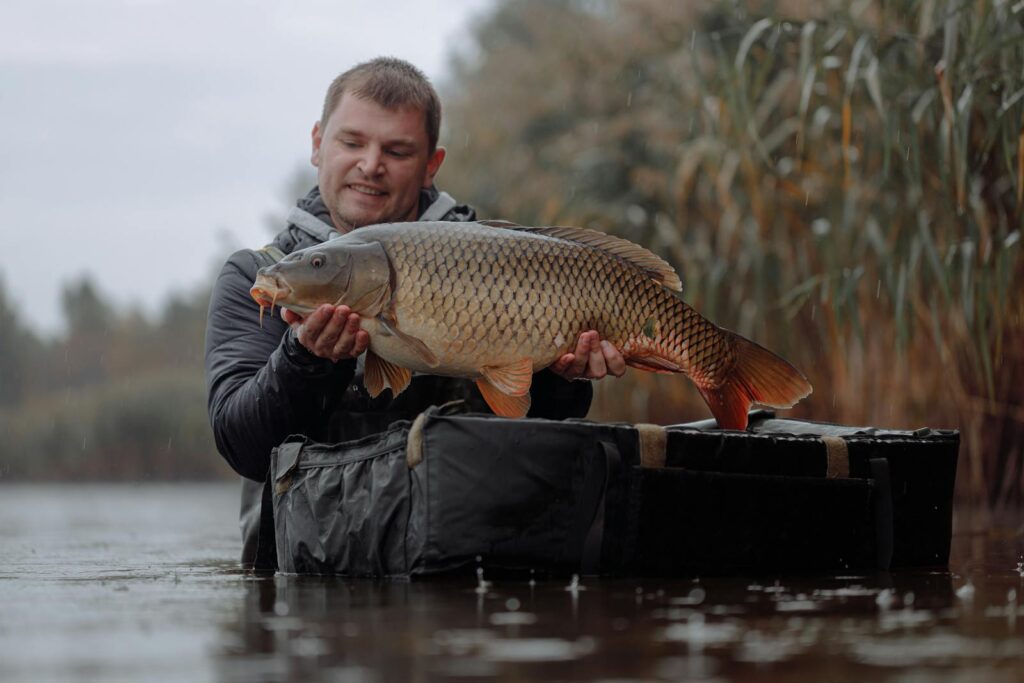
One of the most effective ways anglers can protect water quality begins on their own property through the installation of rain gardens designed to capture and filter stormwater before it reaches local waterways. These strategically placed depressions, filled with native plants featuring deep root systems, can capture up to 30% more water than conventional lawns, allowing it to slowly percolate into the ground rather than rushing into streams carrying pollutants. As water flows through the garden, the soil and plant roots naturally remove fertilizers, pesticides, oil residues, and other contaminants that would otherwise flow directly into fishing waters. Beyond their practical benefits, rain gardens create beautiful landscape features that support pollinators and wildlife while requiring minimal maintenance once established. Local conservation districts often provide free design assistance and may even offer cost-sharing programs to help with installation, making this an accessible project for environmentally conscious anglers seeking to make a tangible difference.
Reduce Lawn Chemicals and Fertilizers
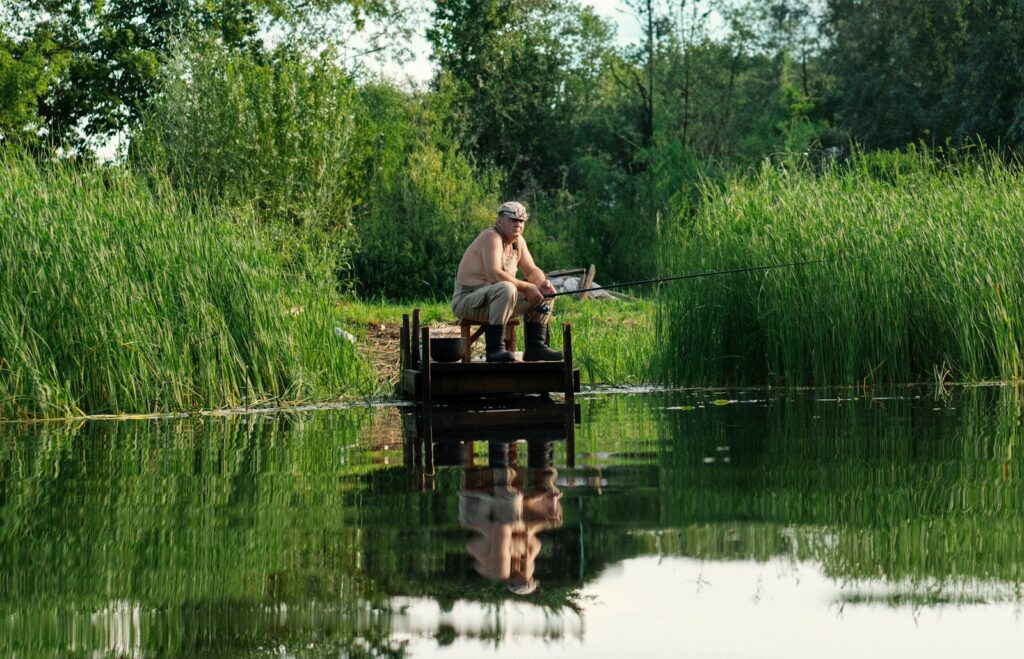
The pristine, weed-free lawns many homeowners covet often come at a significant cost to water quality and fish health through the application of chemical fertilizers, herbicides, and pesticides. These products, when applied before rain events or in excessive amounts, readily wash into nearby waterways where they can trigger algal blooms, deplete oxygen levels, and directly harm aquatic organisms including game fish and their food sources. Anglers can make an immediate positive impact by adopting more water-friendly lawn care practices, including soil testing to determine if fertilizer is actually needed and using slow-release organic alternatives when it is. Creating buffer zones of unmowed vegetation along property boundaries near water features provides natural filtration while reducing the total area requiring chemical treatments. For weed control, consider manual removal, mulching, and selective spot treatments rather than broadcast applications covering the entire property, focusing efforts only where truly necessary.
Properly Dispose of Household Hazardous Waste
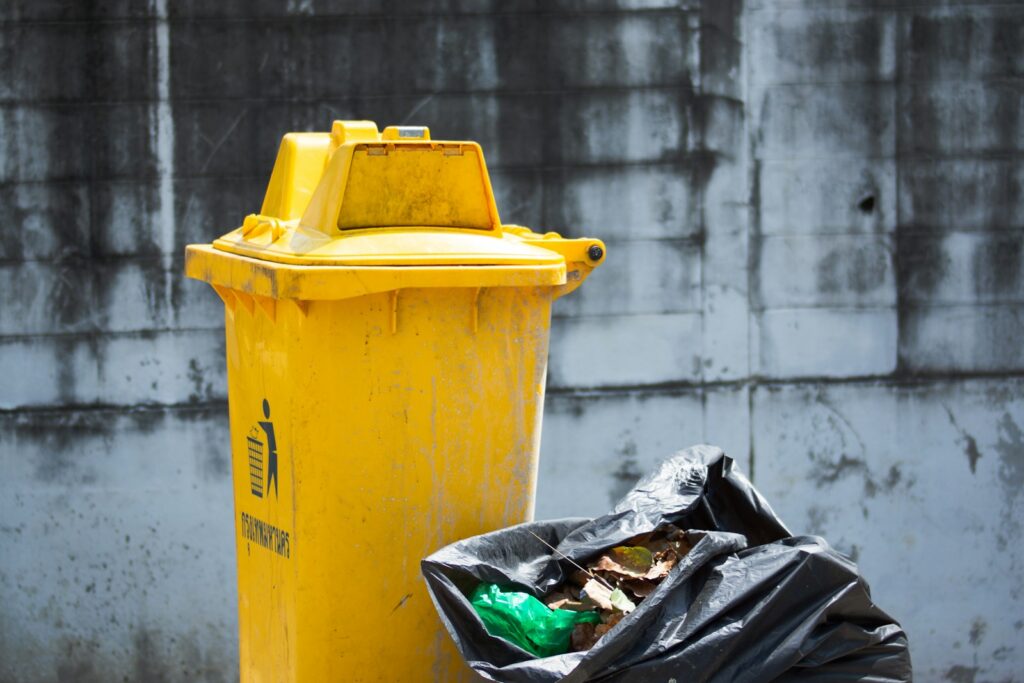
Many common household products contain chemicals that can devastate aquatic ecosystems when improperly disposed of through drains, toilets, or general trash. Items like unused medications, automotive fluids, paints, solvents, and batteries contain compounds that wastewater treatment facilities aren’t designed to remove completely, allowing these contaminants to eventually reach fishing waters. Responsible anglers should familiarize themselves with local hazardous waste collection programs, typically offered several times yearly by municipal governments, and store these materials safely until proper disposal is possible. For medications specifically, many pharmacies now offer take-back programs that ensure proper disposal rather than flushing pills down toilets where they can eventually affect fish reproduction and behavior. Even seemingly innocuous items like half-empty containers of household cleaners deserve attention, as concentrated chemicals can leach from landfills into groundwater and eventually reach fishing areas if not disposed of through appropriate channels.
Advocate for Local Water Protection Policies

While individual actions make important contributions to water quality, systemic improvements often require policy changes at local and regional levels where anglers’ voices can carry significant weight. Attending municipal meetings when water-related issues are discussed provides opportunities to advocate for stronger protections for local waterways, especially when speaking from personal experience about changes observed while fishing these areas. Many successful watershed protection initiatives have begun with concerned anglers documenting water quality problems, organizing community cleanup events, and building coalitions with other stakeholders who benefit from clean water. Supporting local conservation organizations through membership and volunteer hours amplifies individual efforts, as these groups often have the expertise to translate anglers’ concerns into effective policy recommendations and the relationships needed to advance them through governmental processes. Even simple actions like contacting elected officials about water quality concerns helps ensure fishing interests are represented when decisions affecting watersheds are made.
Monitor Water Quality as a Citizen Scientist
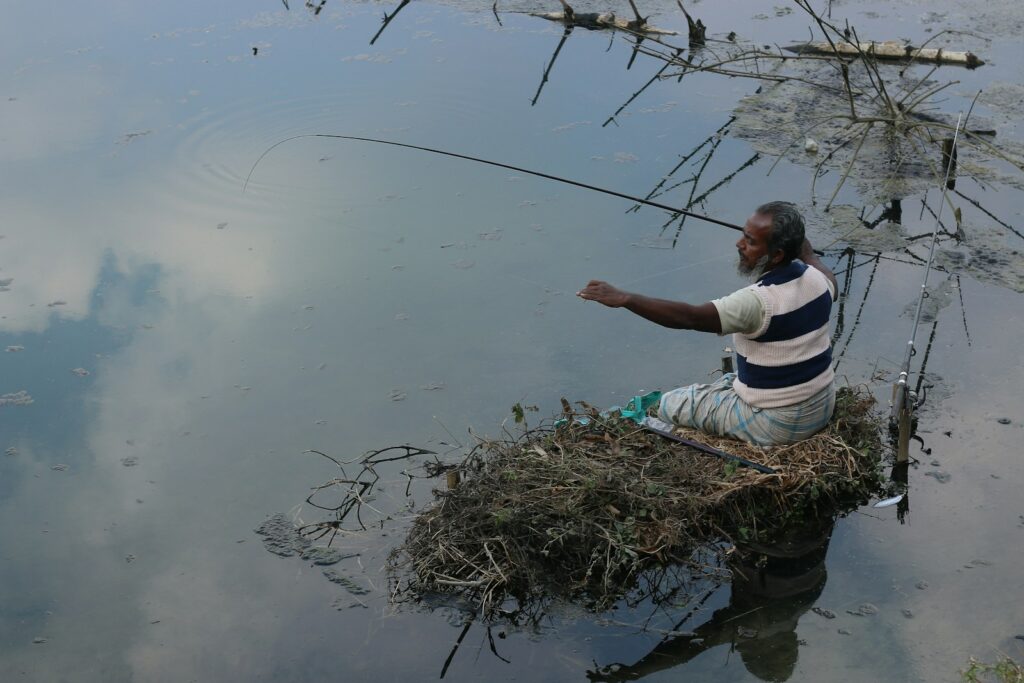
Anglers spend countless hours observing waterways, positioning them perfectly to notice changes in water clarity, unusual algae growth, fish behavior, or other indicators of potential pollution problems. This observational knowledge can become even more valuable when channeled through formal citizen science programs that collect standardized data used by environmental agencies to identify problems and allocate resources. Many watershed associations and conservation organizations offer training programs that teach volunteers to collect water samples, perform basic quality tests, and properly document observations that contribute to scientific understanding of watershed health. These monitoring efforts often detect emerging problems before they become severe, allowing for earlier and more effective interventions to protect fish populations. Beyond the scientific value, participation in monitoring programs deepens anglers’ connections to their favorite waters while providing opportunities to share knowledge with younger generations interested in both fishing and environmental stewardship.
Participate in Shoreline Cleanups
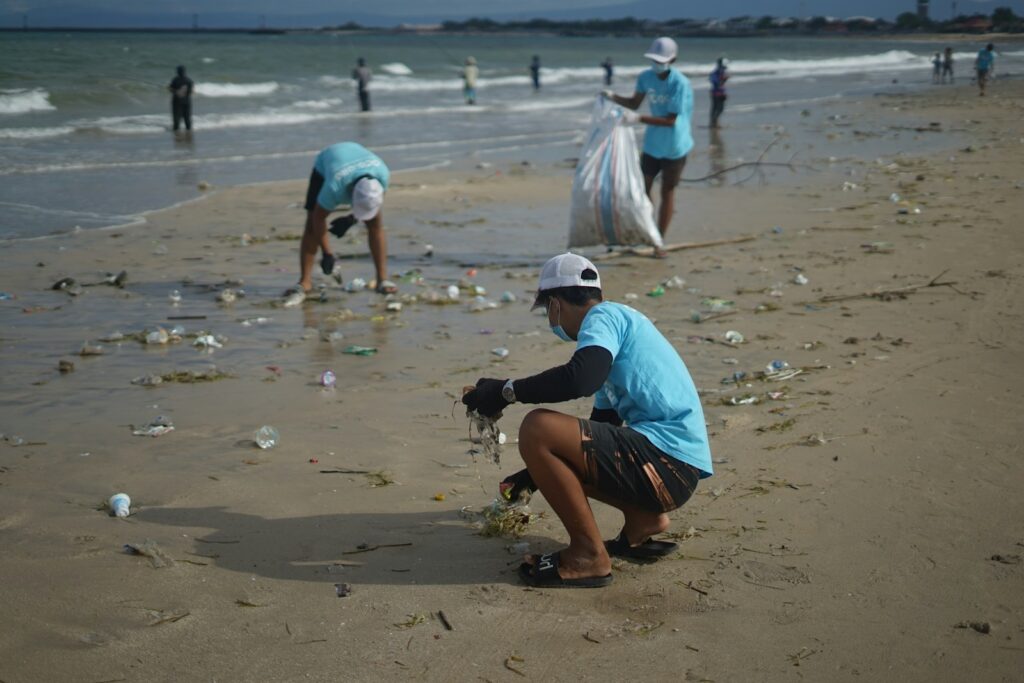
Organized shoreline cleanups provide immediate, tangible benefits to water quality while creating opportunities for anglers to directly improve the waters they fish. These events typically remove thousands of pounds of debris annually from fishing areas, preventing plastics from breaking down into microparticles that can enter the food chain and removing sharp objects that might injure wildlife or human visitors. Many angling clubs and conservation organizations host regular cleanup days, but individual efforts during regular fishing trips can be equally valuable when consistently practiced. Carrying an extra bag for collecting trash encountered while fishing turns every outing into a conservation activity, with the added benefit of improving the aesthetic experience for all who visit these areas. Some dedicated anglers even organize their fishing seasons around regular visits to favorite spots specifically to monitor and maintain these areas, removing accumulated trash and documenting any new sources of pollution for reporting to authorities.
Install Rain Barrels to Reduce Stormwater Runoff

Rain barrels offer anglers an affordable, straightforward way to reduce pollution in nearby waterways by capturing roof runoff that would otherwise contribute to erosion and carry contaminants into fishing waters. A single 55-gallon barrel connected to a downspout can collect substantial water during even moderate rainfall events, preventing this volume from carrying lawn chemicals, pet waste, and other pollutants directly into storm drains that often discharge untreated into local streams and lakes. The collected water provides an excellent source for garden irrigation, car washing, and other outdoor uses, potentially reducing water bills while helping protect fishing resources. Multiple barrels can be connected in series for properties with larger roofs, multiplying the positive impact, while decorative options are available for those concerned about aesthetics. Many conservation districts and watershed organizations offer discounted rain barrels and installation workshops, making this an accessible entry point for anglers looking to begin their water protection efforts.
Choose Eco-Friendly Fishing Products

The fishing industry has responded to environmental concerns with innovative products designed to reduce pollution while maintaining performance, giving anglers more options to align their purchases with conservation values. Biodegradable fishing line, made from materials that break down naturally when lost in the environment, represents one important advancement that reduces long-term pollution risks compared to traditional monofilament. Similarly, hooks designed with materials that rust quickly when lost help minimize persistent dangers to wildlife, while some companies now produce lures from recycled plastics that would otherwise contribute to water pollution. Beyond tackle, eco-conscious anglers can select apparel made from recycled materials, often created from recovered marine plastics, and sunscreens formulated without chemicals known to harm aquatic life. Supporting manufacturers who prioritize sustainable practices and materials encourages further innovation while sending a clear market signal about anglers’ commitment to water quality protection.
Educate Fellow Anglers About Water Protection
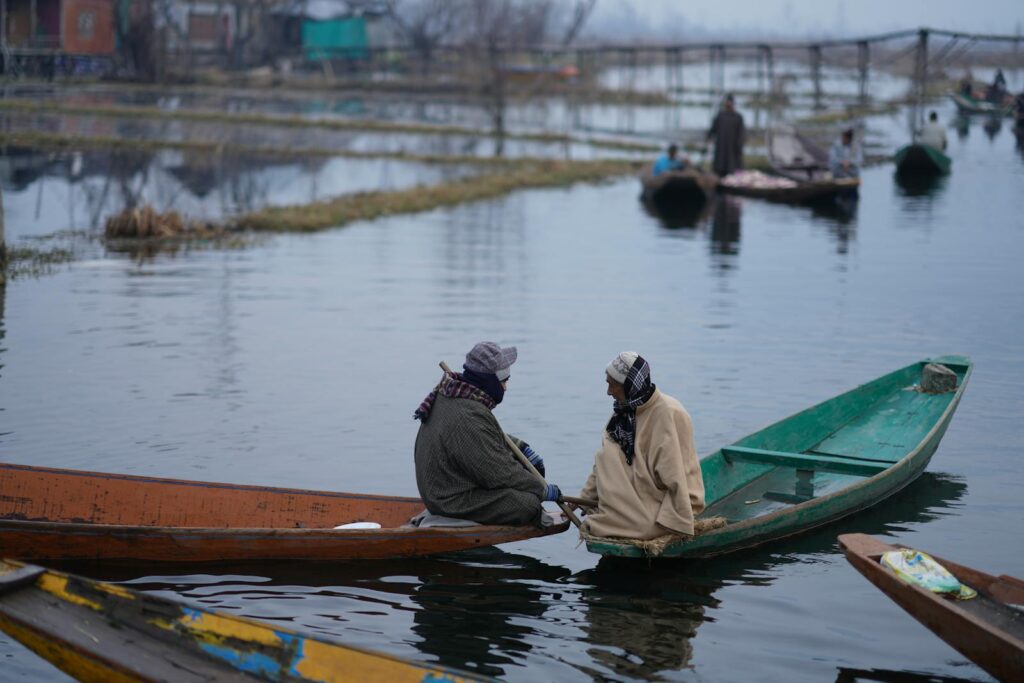
Knowledge sharing represents perhaps the most powerful tool available to anglers concerned about water quality, as each person educated about pollution prevention can multiply these efforts through their own actions and influence. Experienced anglers who model good practices—properly disposing of line, packing out trash, using lead alternatives—create powerful teaching moments, especially when fishing with newcomers to the sport who are developing their own habits and ethics. Local fishing clubs provide excellent forums for discussing water quality issues and solutions, particularly when featuring speakers from conservation organizations who can provide scientific context and specific local recommendations. Social media groups focused on fishing offer platforms for sharing both successes and concerns about water quality, often reaching thousands of fellow anglers who might implement similar practices in their own watersheds. By approaching these educational efforts with enthusiasm rather than criticism, anglers can build a community of water stewards who collectively make significant contributions to pollution prevention.
### Conclusion
For anglers, clean water isn’t just an environmental ideal—it’s essential to the pursuit we love. Each of the seven approaches outlined provides practical ways to protect water quality while strengthening our connection to the aquatic environments that sustain both fish and fishing traditions. The cumulative impact of these individual actions, when adopted by the angling community, extends far beyond what any single conservation program could accomplish. As we implement these practices in our own backyards and watersheds, we not only preserve fishing opportunities for ourselves but also help ensure that future generations can experience the joy of catching fish from clean, healthy waters. Water protection becomes not just another responsibility but an integral part of what it means to be an angler—someone who values and actively cares for the resources that make fishing possible.
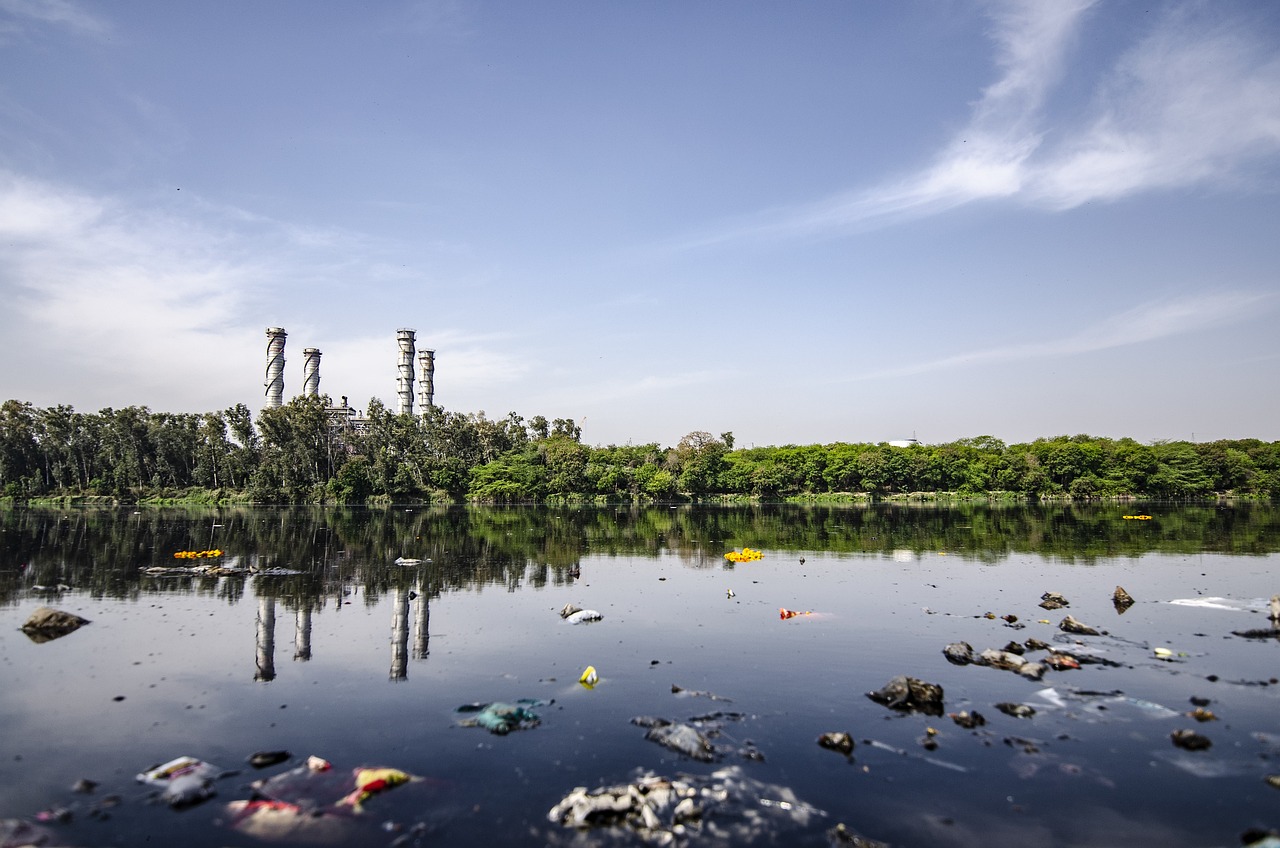
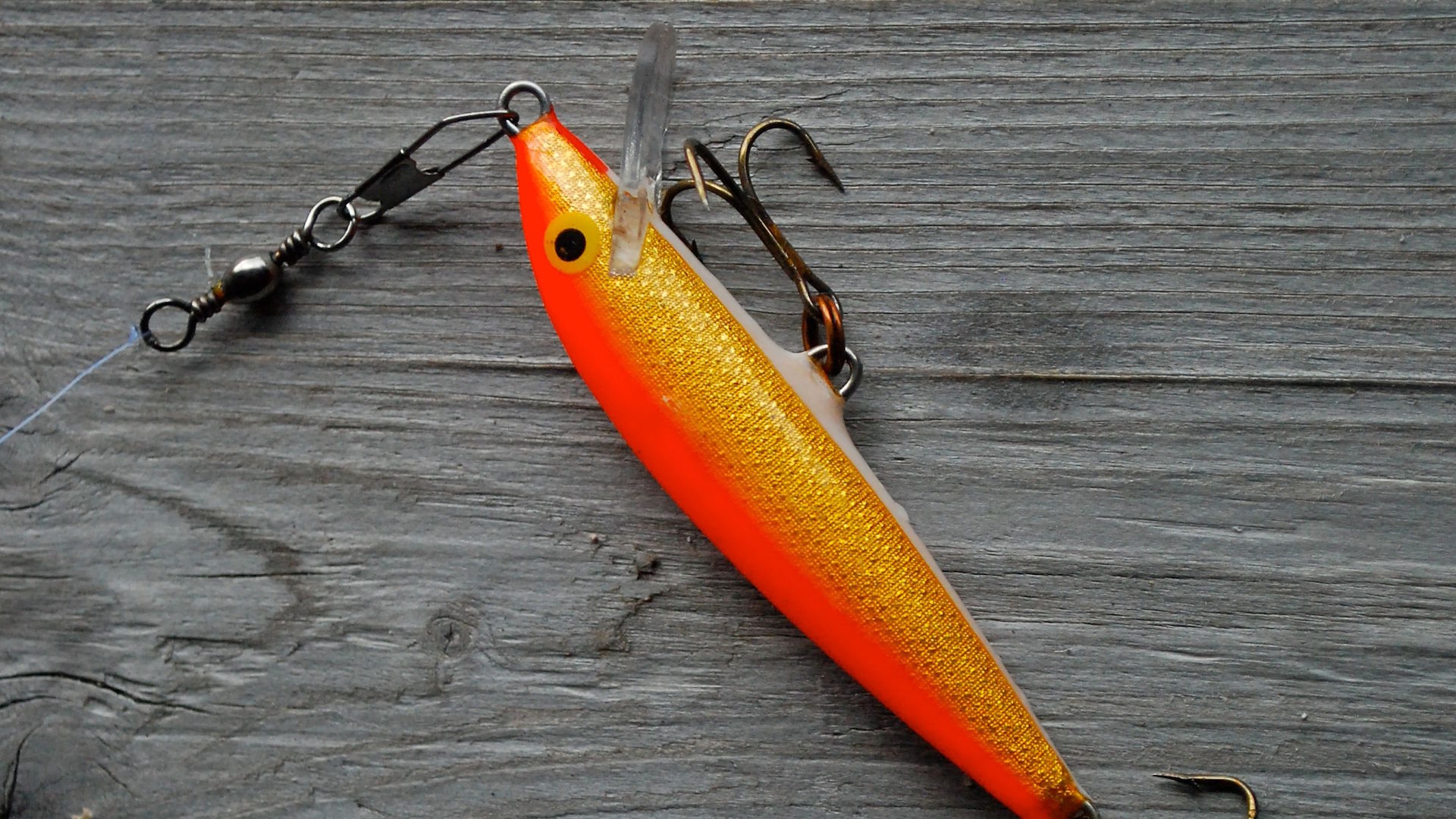












Post Comment